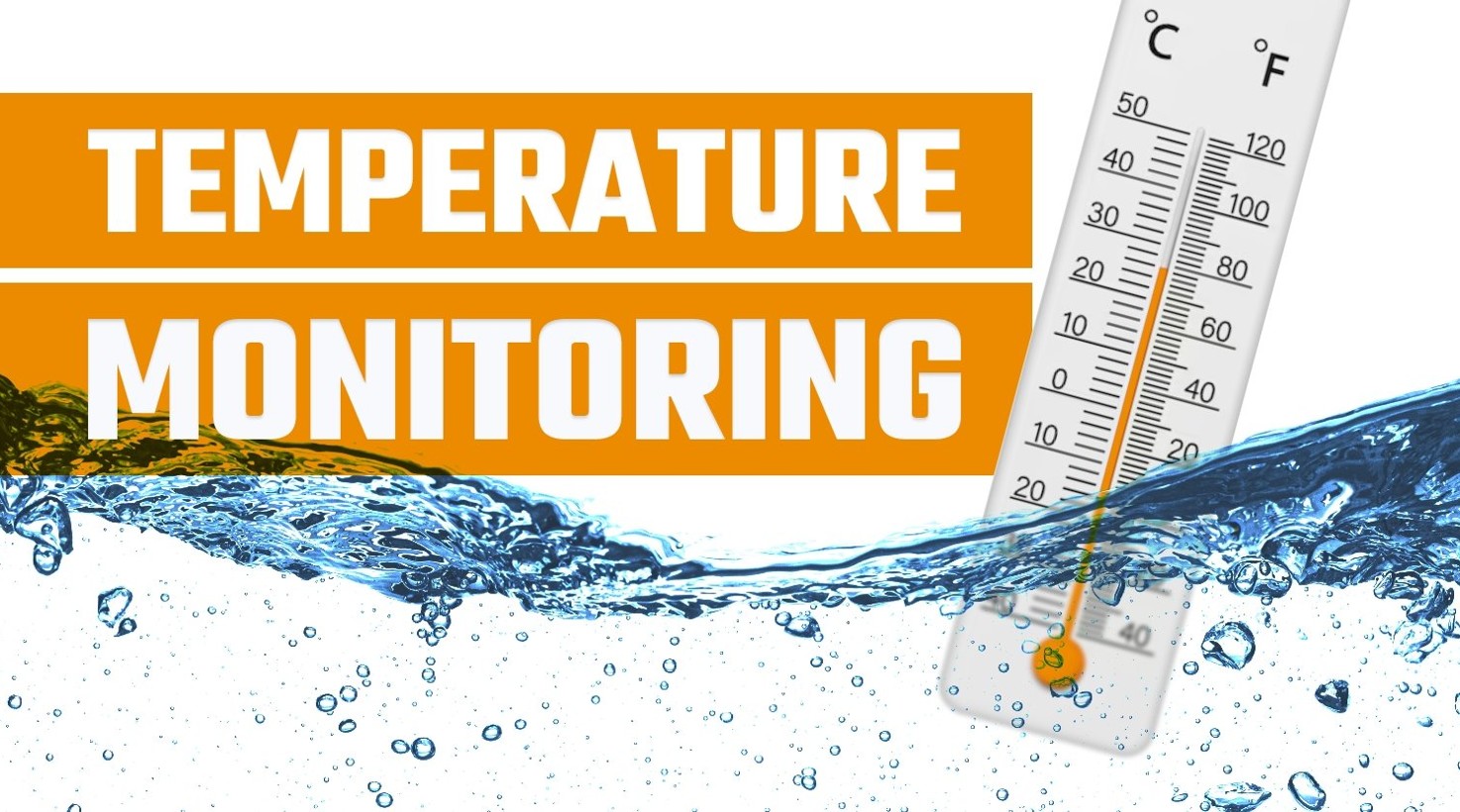Boilers need two things to make steam: temperature and pressure. They’re both closely related, because in a boiler environment, increasing one increases the other if everything else stays the same. That’s why it’s important to regulate them carefully, and that’s where temperature controls come in.
KNOW YOUR STATS
Boiler temperatures have to be maintained for several reasons. First and foremost, because it affects the production of steam. Second, because too much heat can cause metal stress and shorten the boiler’s life. There are several types of temperature controls used in the boiler industry. Some are used to control regular operation, while others function as safety devices.
Aquastats are temperature limit controls that function as on/off switches. When the temperature in a hot water boiler gets too high, the aquastat will send a signal to the combustion controls to turn down the heat. In steam boilers, you’ll find low-temperature aquastats that are used to make sure the boiler water is hot enough before going to full-fire. In this case, if the temperature isn’t high enough, the aquastat won’t let the boiler fire at full rate, acting as a sort of safety switch to prevent thermal shock.
Aquastats tend to be very reliable because of their simplicity. A mechanical aquastat is basically a simple mechanical movement connected to a bulb filled with fluid. As the bulb gets hot, the fluid inside expands and pushes the mechanical movement. This, in turn, either activates or deactivates an electrical relay to tell the combustion controls what to do.
IN THE LOOP
The other main type of temperature control is called a loop controller. A loop controller uses an electronic sensor to monitor the temperature of the water in a hot water boiler on an ongoing basis, allowing the boiler’s control system to adjust the firing rate to make sure the boiler fires safely, and runs as efficiently as possible.
You’ll also find loop controllers monitoring the water coming in and out of a hot water boiler. Loop controllers monitor the outlet temperature on domestic hot water boilers to make sure the water doesn’t come out too hot and cause damage or injury. They also monitor the inlet water as well, to make sure the incoming feedwater isn’t cold enough to cause thermal shock to the boiler.
SHOCKING
Thermal shock happens when water at two different temperatures comes together. If you’ve ever put ice cubes in a hot beverage and heard them crack, you’re listening to a kind of thermal shock. In a boiler, that thermal shock can potentially damage the water tank, depending on how cold the incoming water is. Even if it doesn’t damage the boiler, though, it can still cause enough of a temperature drop to lower steam producing, requiring a lot of fuel and time to get the boiler back up to rate.
WATCH THE TEMPS
Paying attention to your temperature controls can help your boiler last longer and work more efficiently, too. For example, if your stack temperature is unusually high, it can be a good indicator that you have sooting in the boiler, or some scale buildup in the tank. These are both bad news, because they rob your boiler of efficiency, and make you spend more fuel for the steam you produce.
If you experience high stack temperatures, check the furnace’s sight port first to see if there’s sooting inside. If not, check your tank for scaling and corrosion. The best way to do that is by waiting until your boiler has some downtime, perhaps on a weekend, and removing the top manway port for a visual inspection. Of course, we’ll be happy to do it for you, as well.
If your stack temperature is too low, that can also be a problem, because low temperatures can result in condensation in the stack. That leads to corrosion, which shortens the life of stack components and can hinder safe operation by releasing exhaust gasses where they aren’t supposed to be.
Keeping detailed temperature logs lets you see trends in your boiler’s performance that can not only help you save on fuel costs, they can let you know about problems while they’re still small and easily solvable.
If you need temperature controls, WARE’s online Boiler Warehouse has a wide assortment of everything you need. We have the expertise to install them, too. If there’s anything else you need in the way of boiler service or installation, or if you’re in the market for a new boiler, let us know how we can help.
